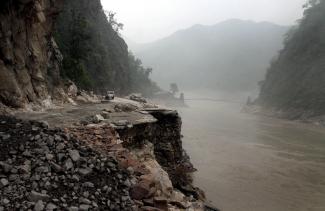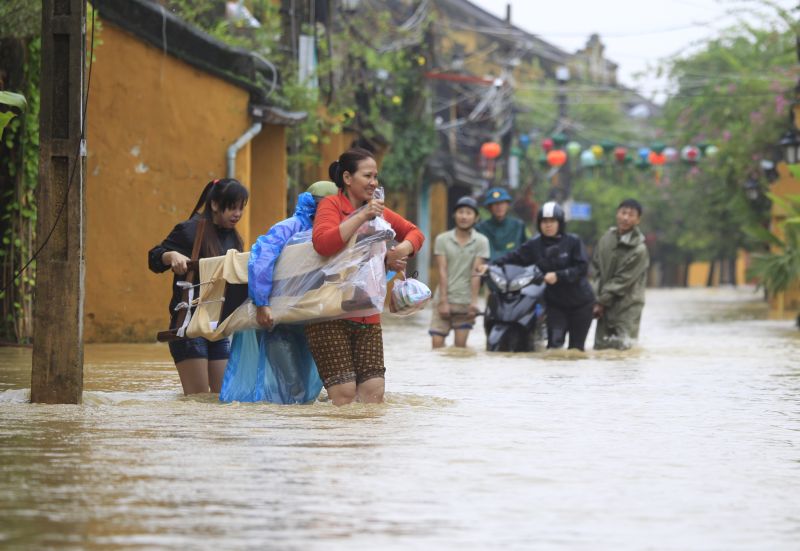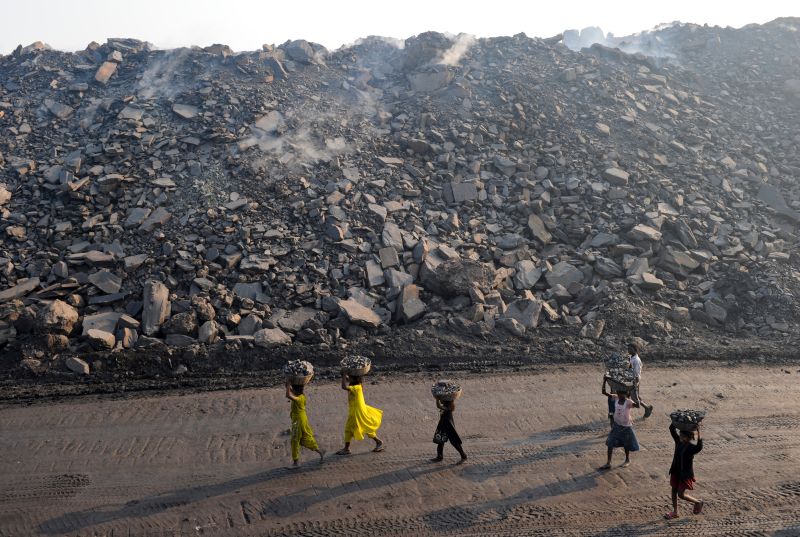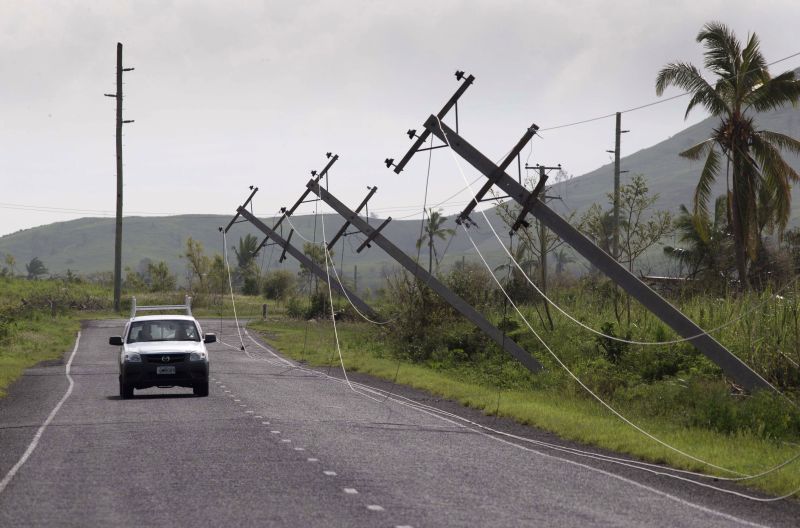Water resources
Comprehensive strategy

Disasters such as the floods in Pakistan in 2010, the tsunami in Japan in 2011 or the Mississippi floods in 2011 show that conventional flood barriers like levees and dykes do not offer sufficient protection. Instead, an holistic approach to flood-risk management (FRM) is needed. It must take into account the entire water cycle and the way people live. That is the message of a report that was recently published by the Asian Development Bank in cooperation with China’s General Institute of Water Resources and Hydropower Planning and Design, UNESCO and the World Wide Fund for Nature.
According to the study, up-to-date FRM cannot rely only on physical flood-control measures such as dykes, levees, flood basins and diversion channels. Rather, a comprehensive approach must consider the entire catchment – even across regional and national borders. Doing so contributes to minimising risks and grasping the development opportunities that integrated water-resource management offers.
The authors want every kind of flood risk to be assessed, including flash floods, melting snow, storms, rising groundwater and damaged levees. They emphasise the importance of effective spatial planning and advise against building on floodplains and other flood-prone areas. The study also recommends early-warning systems, evacuation plans, insurance schemes and compensation funds. It points out the relevance of thinking in terms of public goods, including the protection of cultural heritage, landscapes and ecosystems.
According to the publication, strategic FRM follows four principles:
- reducing risks to people and settlements,
- reducing economic risks,
- protecting public goods and
- promoting ecosystems.
The publication stresses the importance of floodplains. Such areas do not only serve as retaining basis for flood water, but are also home to valuable ecosystems, offer space for agricultural and give scope to recreational activities. Raising awareness of the value of floodplains and retaining them as unbuilt area is considered essential.
In addition, the study points out that good FRM is never static. It must constantly adapt to new knowledge. Key questions are: What can happen in the future? What are the possible consequences and impacts? How likely are they?
The experts argue that FRM cannot be done in an isolated manner. Rather, it must always be part of a comprehensive governance system geared to sustainability. FRM has to involve all political and social levels. For instance, it makes no sense to design escape routes that are only useful in case of flooding. They must serve other purposes too. Moreover, national-level FRM does not make sense unless it is backed-up by action at the supra- and subnational levels.
There is a lot of international river-management experience, concerning the Mekong and Danube for instance. Based on such experience, the authors identify some general rules for strategic FRM, including:
- There is no absolute protection. Structures may fail; evacuation plans may not work. Some degree of failure must be accepted, and resilience must bea policy goal.
- Some flooding is desirable. Floodplains provide fertile land and are the habitats of rare species.
- The future will be different from the past. Climate change, modified land-use and other factors have a bearing on flood risks.
- It is necessary to implement a portfolio of responses, rather than to rely on single measures.
- Limited resources must be used efficiently and fairly. Resource allocation must be in line with the risks reduced and the opportunities created.
- Responsibilities must be clearly defined. Government agencies, private-sector companies and non-governmental organisations must play active roles, rising to their specific duties.
Among experts these principles are widely accepted, the study states. Implementation, however, remains poor in many places.
Tong-Jin Smith











